The Israel Defense Forces (IDF) is to launch a large-scale expansion of its military operations to seize and occupy more territory. This is to exploit what the Israeli government sees as growing antipathy towards Hamas among Palestinians in Gaza.
It’s the biggest gamble taken by Benjamin Netanyahu, the Israeli prime minister, since the ceasefire deal between Israel and Hamas was agreed on January 17.
Outlining the military plan, Israel Katz, the defense minister, announced that large areas of the Strip would be seized, with Rafah and Khan Yunis in the south appearing to be the principal targets.
Hundreds of thousands of Palestinians who had made their way back to their homes in southern Gaza after the ceasefire deal was announced are now being ordered to leave in a mass evacuation.
They have been told to move to the town of Al-Mawasi, located along the coast, an area about nine miles long and less than a mile wide which had previously been designated as a humanitarian zone.
The strategy behind the expanded military ground operation became clear when the defense minister directly called on all Gazans to join with Israel in ending Hamas rule in the enclave.
“I call on the residents of Gaza to act now to eliminate Hamas and return the kidnapped,” Katz said in his statement. The aim, he said, was to clear the area of militants and their infrastructure. “This is the only way to end the war,” he said. The new territory targeted would be incorporated into what Katz called “security zones.”
Netanyahu and his war cabinet have been encouraged by the recent protests by hundreds of Palestinians against Hamas in northern Gaza. However, there remain 59 hostages out of the 250 kidnapped by Hamas on October 7, 2023. Of those, only 24 are believed to be alive.
Netanyahu, who has been under persistent pressure by the families of the hostages to negotiate their release, is gambling that the massive expansion of the war will end the hostage crisis and bring them home.
The Hostage Familes’ Forum which represents the relatives of those being held by Hamas, said families were “horrified to wake up this morning” to hear the defense minister’s statement of expanded ground operations.
The Israeli government was obligated, the forum said, to free all the hostages and “to pursue every possible channel to advance a deal for their release.”
After the failure of an agreement between Israel and Hamas to move to phase two of the ceasefire framework, Israel returned to bombing Hamas targets and ordered ground troops back into Gaza about two weeks ago. A stretch of land, known as the Netzarim Corridor, separating north from south, from which the IDF had withdrawn in February, was seized back.
It was the first sign of Israel’s renewed determination to focus on military action rather than peaceful negotiation to force Hamas to stop fighting and release the remaining hostages. Netanyahu blamed Hamas for the breakdown in the ceasefire talks held in Qatar.
Under the ceasefire agreement signed on January 19 with the US, Qatar and Egypt acting as mediators, a three-phase proposal was drawn up. The first phase, leading to the release of 33 hostages in exchange for 1,900 Palestinian prisoners held in Israel was completed on March 1.
The second phase should have included the release of all remaining hostages and the full withdrawal of Israeli forces from Gaza. When the talks broke down, Steve Witkoff, President Trump’s special envoy, suggested an extended phase one arrangement under which more hostages would be freed, but without any further commitment to ending the war. That so-called “bridging proposal” faltered.
Hamas blames Israel for the breakdown in the ceasefire talks. Israel’s response has been to call on the IDF’s 36th Division to launch a major operation against Hamas and to return to mass evacuation of Gazans.













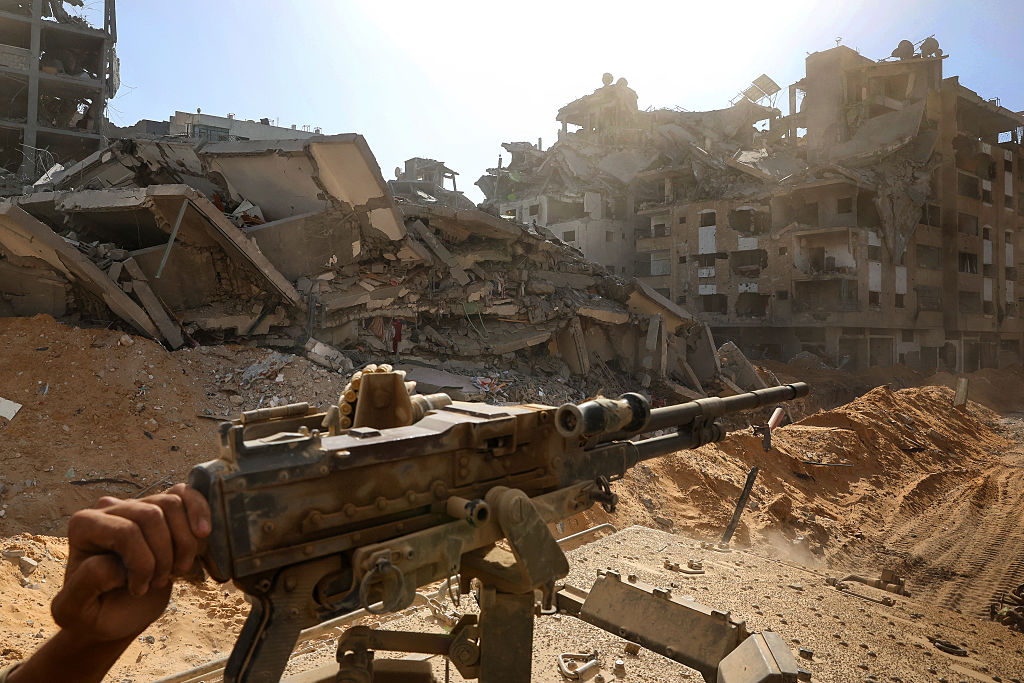

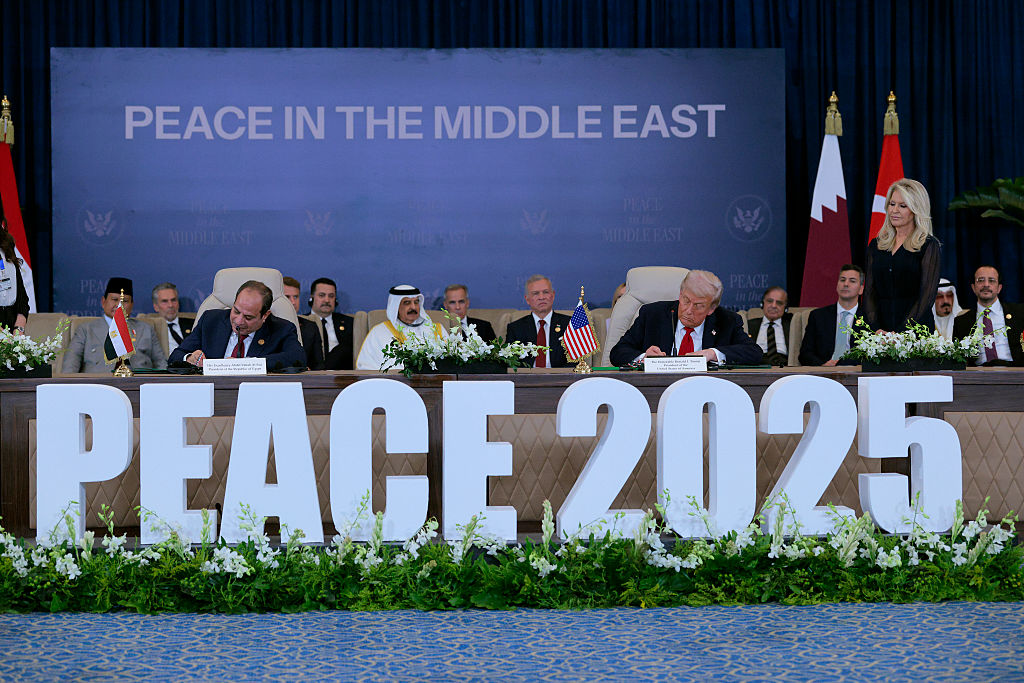

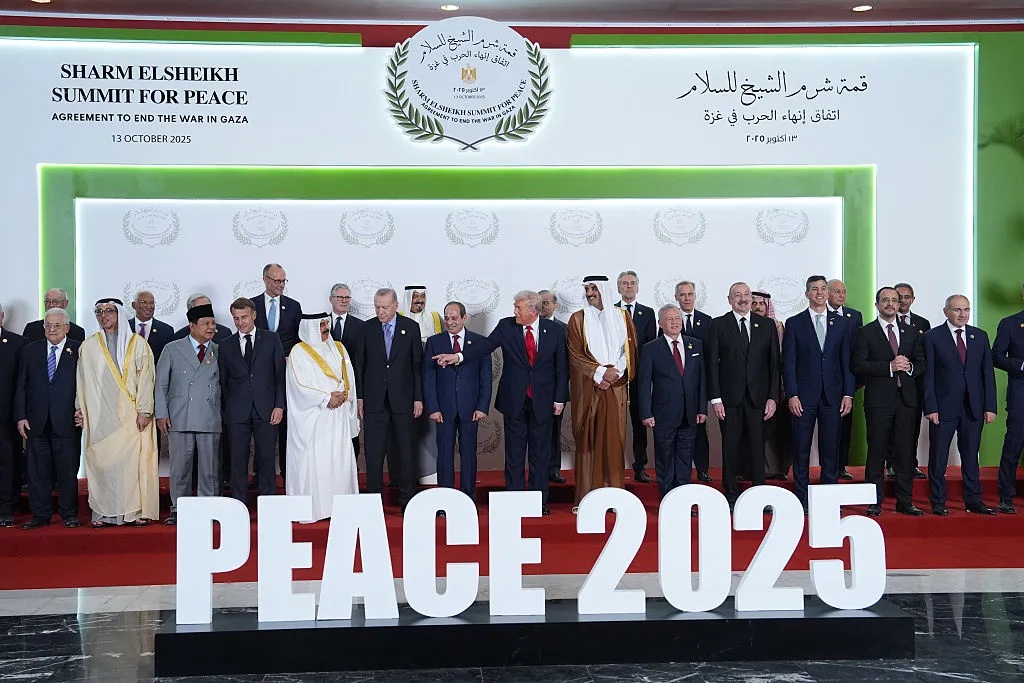
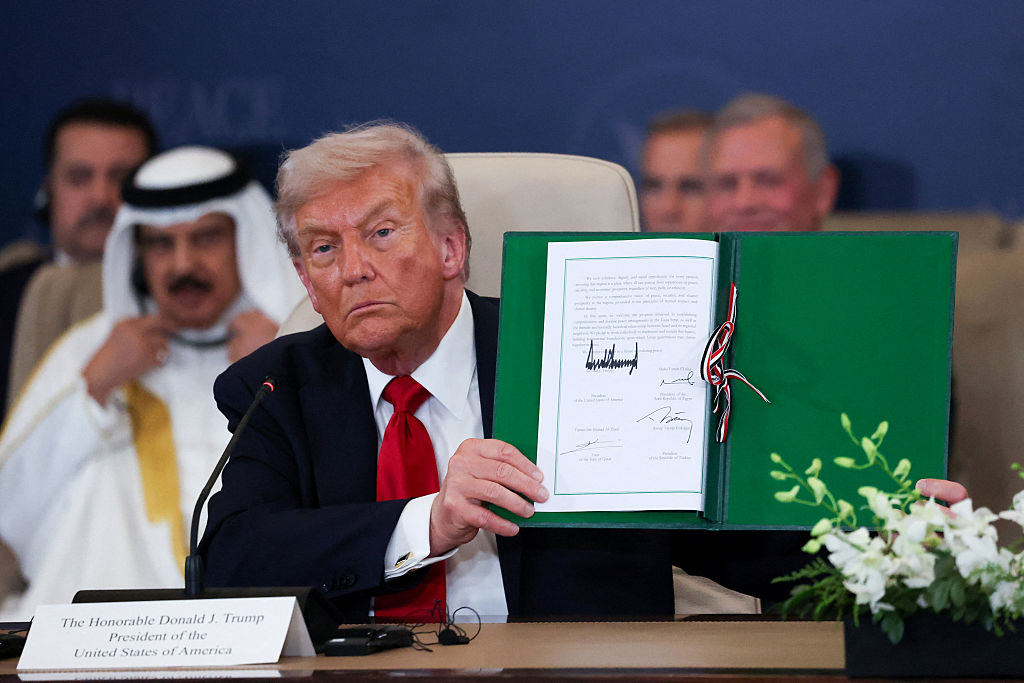

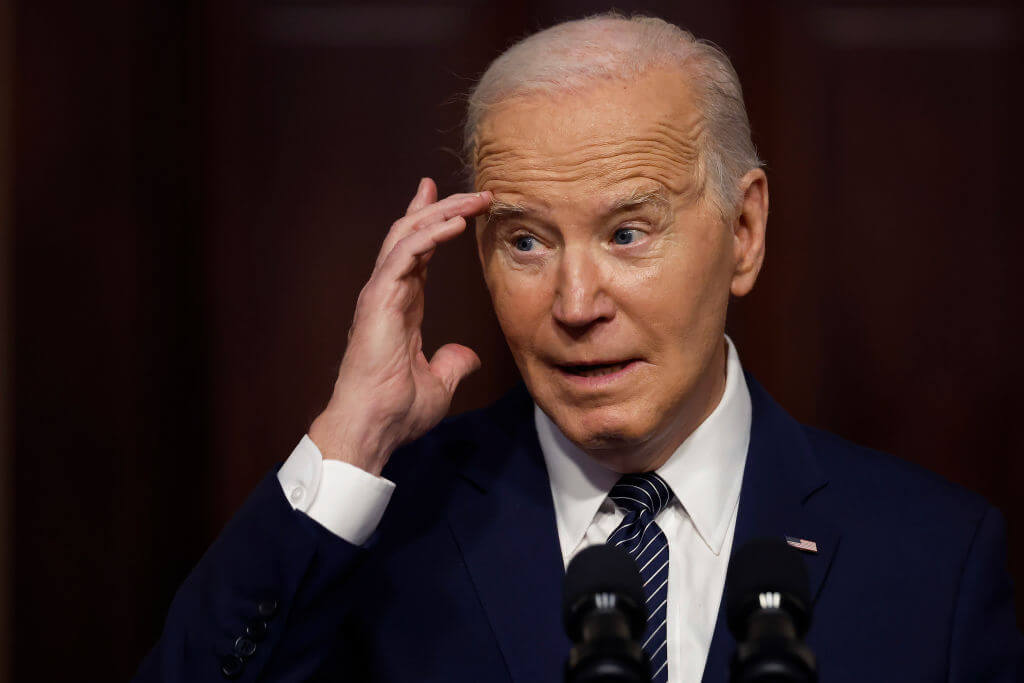



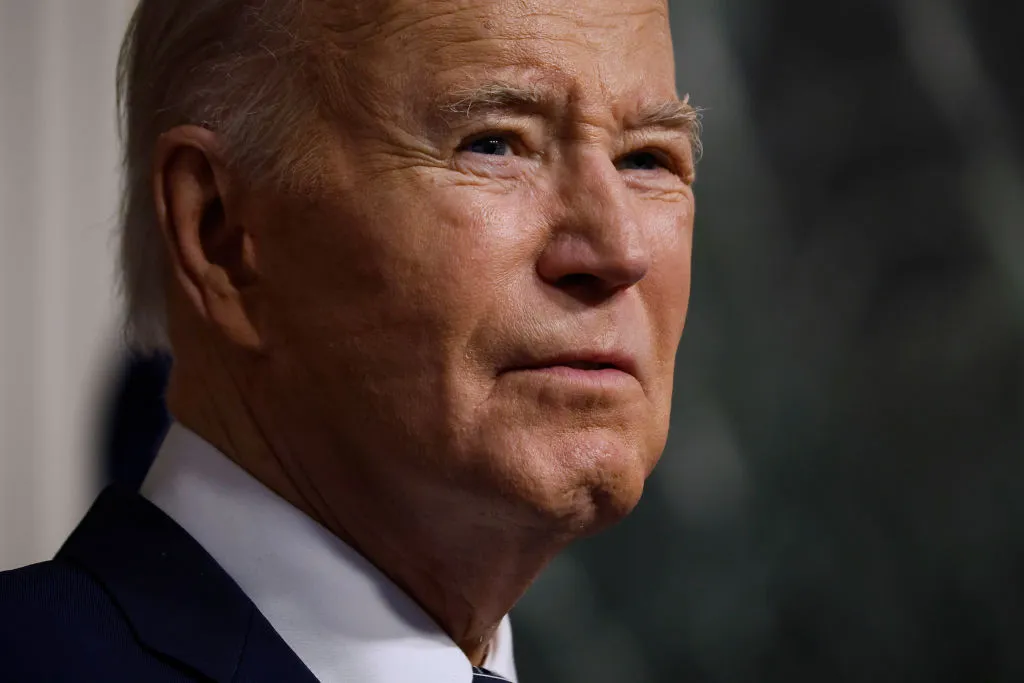

Leave a Reply